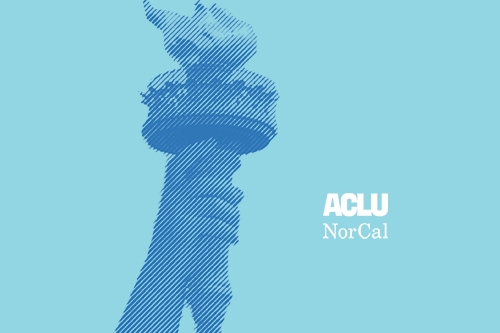Article Media

San Francisco – Over 12,000 individuals, from California and across the country, have submitted comments objecting to the new execution plan recently released by the California Department of Corrections and Rehabilitation (CDCR). The revised plan, released for public comment on January 4, 2010, is part of the CDCR's efforts to kick-start executions which have been on hold in California for four years.
"This outpouring of criticism is from a wide range of individuals and groups," said Natasha Minsker, Death Penalty Policy Director for the ACLU of Northern California. "The CDCR failed yet again to address many of the serious problems in execution procedures. With 12,000 objections, the state should think twice about bringing back a broken system."
The CDCR revised the lethal injection guidelines in response to more than 8,000 objections received to its original proposal in June 2009. The 25-page document indicates small revisions, outlining, for example, when curtains are to be opened in the execution chamber and the definitions of terms such as "chaplain" and "lethal injection room."
"These are superficial revisions to one of the most complex, costly and flawed systems in California," Minsker added. "Amid the distress wrought by the budget crisis, we need serious solutions and not bureaucratic tinkering."
If death sentences in California were converted to life in prison without parole, the state would save $1 billion over five years, according to a report by state commission.
Individuals from a wide range of groups submitted objections to the new proposal, including the California Catholic Conference, California Crime Victims for Alternatives to the Death Penalty (CCV), Equal Justice Society and the California Chapter of the National Organization for Women.
"With more than 1,000 murders going unsolved every year in California, many family members of murder victims are outraged that the government is wasting time and money on the death penalty," said Judy Kerr, Outreach Coordinator for CCV and a murder victim survivor. Opponents criticize the execution plan on a host of ethical and procedural grounds. Among these, the plan does not protect pregnant women from execution, fails to ensure that the executed person has full access to his or her spiritual advisor, and puts undue restrictions on the media.
Terry Thorton, a California Department of Corrections and Rehabilitation spokesperson, previously explained that the protocol still has several more steps before actually being adopted. "If during the next comment period it requires more changes, we have to put it out again," she said. The large volume and wide range of objections means it is highly likely that the CDCR will be forced to make additional changes to the regulations before they are ultimately approved by a court.
The public comment period closed at 5pm on January 20, 2010. The state has until May 1, 2010, to finalize the regulations.
Learn more:
